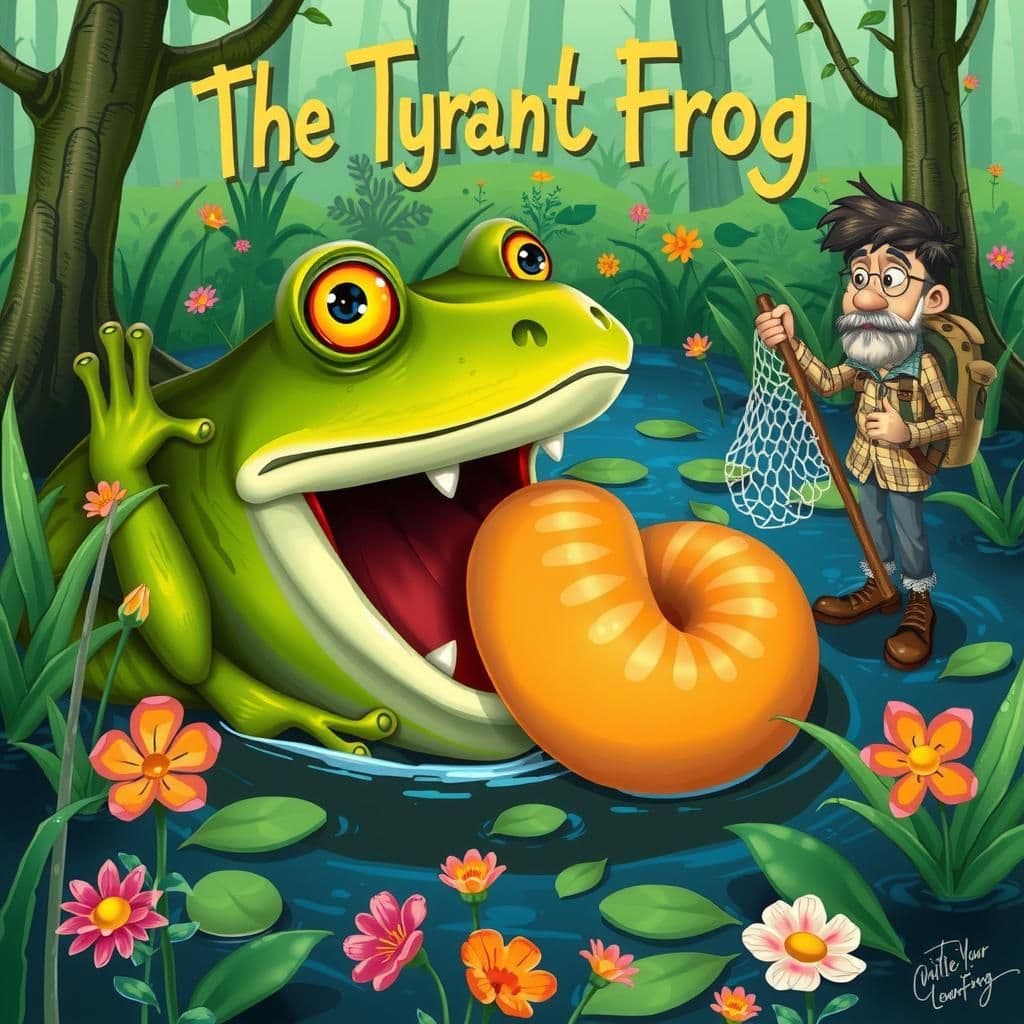The Man and His Two Sweethearts

Story Summary
In this entertaining moral story, a middle-aged man courts two women—a younger one seeking youthfulness and an older one embarrassed by their age difference. Their attempts to modify his appearance lead to a comical outcome, as both women pull out all of his hair, leaving him completely bald. The tale serves as a simple moral story illustrating that trying to please everyone can ultimately result in losing everything.
Click to reveal the moral of the story
Trying to please everyone can lead to losing what makes you unique.
Historical Context
This tale reflects themes from various fables and folklore traditions, notably echoing Aesop's fable "The Man, the Boy, and the Donkey," which illustrates the futility of trying to please everyone. It also resonates with moral stories found in medieval literature that highlight human folly and the consequences of indecision, often emphasizing the importance of self-acceptance and the dangers of seeking external validation. The narrative serves as a cautionary tale about the perils of trying to satisfy competing desires, a sentiment that has been reiterated in countless cultures throughout history.
Our Editors Opinion
In modern life, the story highlights the futility of trying to win the approval of everyone, which often leads to losing one's authentic self. For instance, a professional who constantly alters their work style to satisfy conflicting demands from colleagues and superiors may ultimately find themselves burned out and unfulfilled, having compromised their individuality in the process.
You May Also Like

The Tyrant Frog
In "The Tyrant Frog," a clever fable with a moral, a snake being swallowed by a frog pleads for help from a passing naturalist, who misinterprets the situation as a simple dining scenario. The naturalist, more focused on acquiring a snakeskin for his collection, highlights the importance of understanding context before jumping to conclusions. This easy small story serves as a valuable lesson in awareness and perspective, making it a fitting addition to short story collections with moral themes for personal growth.

The Wolf and the Horse
In "The Wolf and the Horse," a cunning Wolf attempts to deceive a Horse by claiming to have left a field of untouched oats for him. However, the Horse sees through the ruse, pointing out that if oats were suitable for the Wolf, he would have eaten them himself. This famous fable illustrates a powerful moral about how individuals with a bad reputation often struggle to be trusted, even when they try to perform good deeds, highlighting the impact of storytelling with morals in our understanding of character and trust.

The Thistles upon the Grave
In the very short moral story "The Thistles upon the Grave," a Mind Reader wagers that he can be buried alive for six months, using thistles to secure his grave against disturbances. However, after only three months, he emerges to eat the thistles, losing the bet and illustrating the folly of underestimating basic needs. This simple short story serves as a reminder that even the most clever plans can be undone by simple desires, making it a notable example among famous moral stories for class 7.
Related Collections
Other names for this story
The Gray Dilemma, Courting Chaos, Love's Hairy Predicament, Two Hearts, One Head, The Balancing Act, Love's Duality, The Hairless Lover
Did You Know?
This story illustrates the futility of trying to meet the expectations of contrasting desires, highlighting the theme that efforts to please everyone can ultimately lead to self-defeat and loss of identity.
Subscribe to Daily Stories
Get a new moral story in your inbox every day.
Explore More Stories
Story Details
- Age Group
- adultkidschildrenstory for class 4story for class 5story for class 6story for class 7story for class 8
- Theme
- DeceptionThe folly of trying to please everyoneThe consequences of vanity
- Characters
- Middle-aged manyoung womanelder woman
- Setting
- the elder woman's homethe younger woman's homea public space